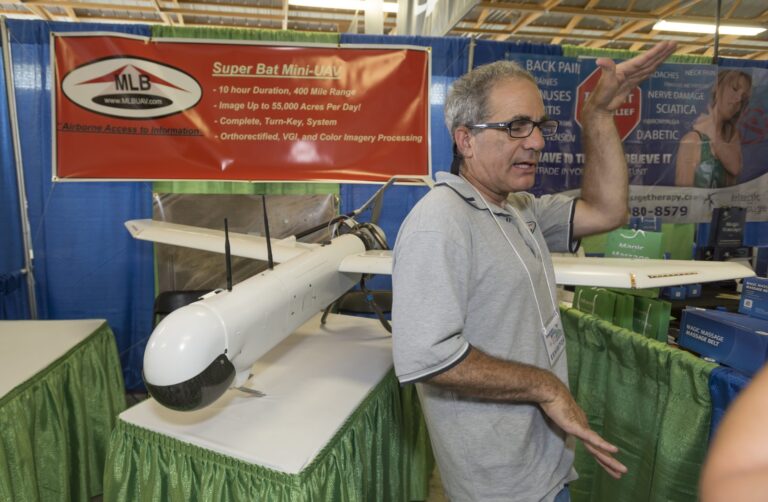Tractors, drones and other GPS-guided precision farming technologies are used on more than half of the farms in North Dakota, South Dakota, Nebraska and Iowa, according to data from the U.S. Department of Agriculture.
According to USDA survey data from 2021, the most recent data available, these Midwestern states reported the highest rates of precision technology use in the nation. Some states, especially in the northeastern US, did not have enough data to be included in the final data set.
“Precision agriculture” includes many technologies and techniques that allow farmers to manage crops at the sub-village level.
For example, with precision soil sampling technology, farmers divide a field into a grid—usually into plots smaller than 10 square acres each—and then test the soil in each block to get a detailed picture of a field's soil quality. field.
Using variable rate technologies, a farmer can then apply an adjusted amount of seed, fertilizer or other inputs to a field by changing the rate of application over short distances.
Drones, GPS-guided farm equipment, and yield maps are also considered precision agriculture technologies by the USDA.
The vast majority of people who adopt precision agriculture see higher yields, but the USDA cautions that its data does not control for other important factors such as weather, pest management and irrigation rates.
Precision agriculture is more likely to be used by large farms than small businesses, according to a USDA report published in February.
Half of the farms in the fourth quintile of corn operations surveyed—those with more than 1,725 acres of cropland—adopted yield maps. Meanwhile, only 7% of farms under 200 hectares used the same technology.
Larger farms are more likely to be able to afford precision equipment and pay for training on how to use it, according to the USDA. Small and medium farms are more riskyfearing the high initial cost and complexity of precision agriculture.

